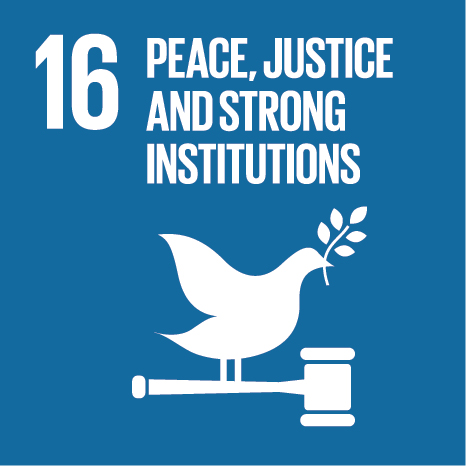Ciência_Iscte
Publications
Publication Detailed Description
The palace of the hairy king - An Ethiopian political and religious riddle
Journal/Book/Other Title
Jewish-Christian Relations from the Mediterranean to the Indian Ocean: Evidence from Material Culture. Bochum University, 26-28 March
Year (definitive publication)
2019
Language
English
Country
Germany
More Information
Web of Science®
This publication is not indexed in Web of Science®
Scopus
This publication is not indexed in Scopus
Google Scholar
This publication is not indexed in Overton
Abstract
In this paper, I propose to follow a mysterious lead offered by Amhara and Agaw oral historical legends that refer to the building of royal palaces in the Gondar region, Northern Ethiopia, during the 17th century, and the complex political and religious tensions the region witnessed at the time.
The topos of the lascivious hairy king who doubles as a apostate of the established Christian Orthodox faith has a strategic place in oral legends that propose to make sense of the internal contradictions of a territory where the presence of European Catholics precipitated splits in local Christian Orthodoxy, the arrival of Yemeni Muslims coincided with a renewed status of local Muslims in the Christian royal court, and the native Beta Israel and the Qemant, as well as the animist Oromo faced and were progressively drawn into the power struggles of the kingdom.
In the ensuing analysis I also propose to revise the strict distinction between materiality and immateriality in the consideration of the intersections between archaeological evidence, written documentation and oral sources in this specific cultural context.
Acknowledgements
--
Keywords
Ethiopia,Qemant,Beta Israel,Anthropology
Fields of Science and Technology Classification
- History and Archeology - Humanities
- Anthropology - Social Sciences
Contributions to the Sustainable Development Goals of the United Nations
With the objective to increase the research activity directed towards the achievement of the United Nations 2030 Sustainable Development Goals, the possibility of associating scientific publications with the Sustainable Development Goals is now available in Ciência_Iscte. These are the Sustainable Development Goals identified by the author(s) for this publication. For more detailed information on the Sustainable Development Goals, click here.

 Português
Português




